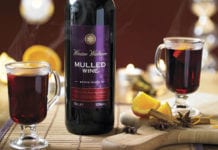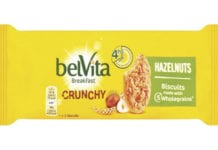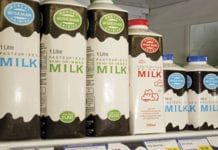Data released by specialist market analysis firm HIM shows more shoppers are buying on impulse and want to be inspired in store. And it has some top tips for inspiration.
Britain’s local stores are facing a classic scenario of challenge and opportunity as they deal with shoppers that leading industry analysis firm HIM Research & Consulting calls “Generation C”(C for convenience).
The company says shoppers are becoming increasingly difficult to interrupt through engagement and communication mechanisms in-store.
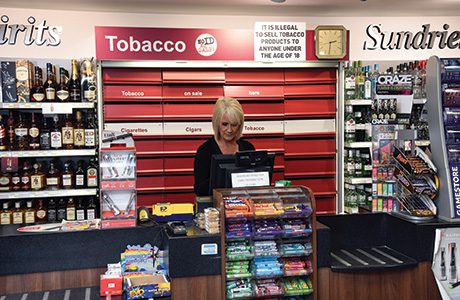
Busy lifestyles mean that one in three want to be in and out of store as quickly as possible, it suggests.
And the fact that the typical convenience store shopper visits his or her local store over 200 times per year means they are often shopping on autopilot, it adds.
Another major challenge for retailers looking to influence purchases in-store is the tendency of shoppers to set a weekly grocery budget and tell themselves they will only buy things they need that day.
However, the 2015 findings from HIM’s long-running, in-depth Convenience Tracker Programme also suggests that c-store shoppers are more impulsive now than they have been since before the recession.
Some 18% are said to looking to be inspired in-store and one in three purchasing decisions are actually made in-store.
It reckons that 2015 is very definitely a time to be getting in-store communication and engagement right.
And it has five key tips – methods it argues will effectively inspire and engage shoppers.
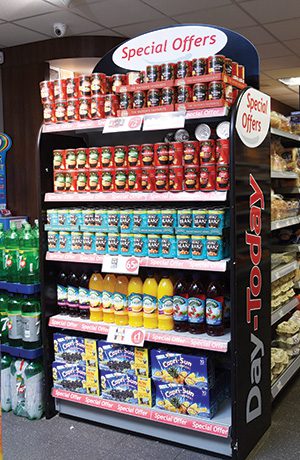
HIM suggests:
l Target top-up shoppers at aisle ends. 12% of shoppers pick up products from displays from aisle ends, and the figure is very much higher for top-up shoppers who are more open to browsing in-store. Aisle ends also provide great locations for showcasing deals, raising awareness of different categories and highlighting new products.
l The front of a store is a critical area to get communication right – do too much and you risk the shopper being over-whelmed, which means they won’t engage. However getting the shopper interested and inspired at the front of the store can open them up to the possibility of browsing and making incremental purchases.
Front-of-store displays attract ‘gifting’ shoppers. Front of store is a great location for seasonal and events-related displays. Give shoppers something new and interesting; it will switch off their ‘autopilot’ as they enter the store.
Some 8% of convenience store shoppers pick up products from front-of-store displays and it also helps set their mindset for the rest of their shop.
l Have you got your queuing system sorted? 17% of shoppers notice communications while they are queuing or at counter and that’s second only to the main aisles, so it’s a key place for in-store communications.
Shoppers who are looking for ‘meal for tonight’ or ‘treat’ items are more likely to notice than shoppers in general – they are shoppers who are actively looking for inspiration.
l Make the most out of any space the tobacco display ban has created. While only one in three of convenience shoppers smoke some 61% of shoppers say they have noticed that tobacco products are no longer visible in convenience stores. That highlights just how visible space behind the counter is. The opportunity to use the space to advertise products and promotions and display products is immense.
l Early morning shoppers are the least open to influence. They want to get in and out as quickly as possible and are less likely to buy on impulse.
In the early morning focus on speed of service. Make shoppers’ lives easier by delivering what they need quickly and efficiently. Save the communication and inspiration for after 9am.




